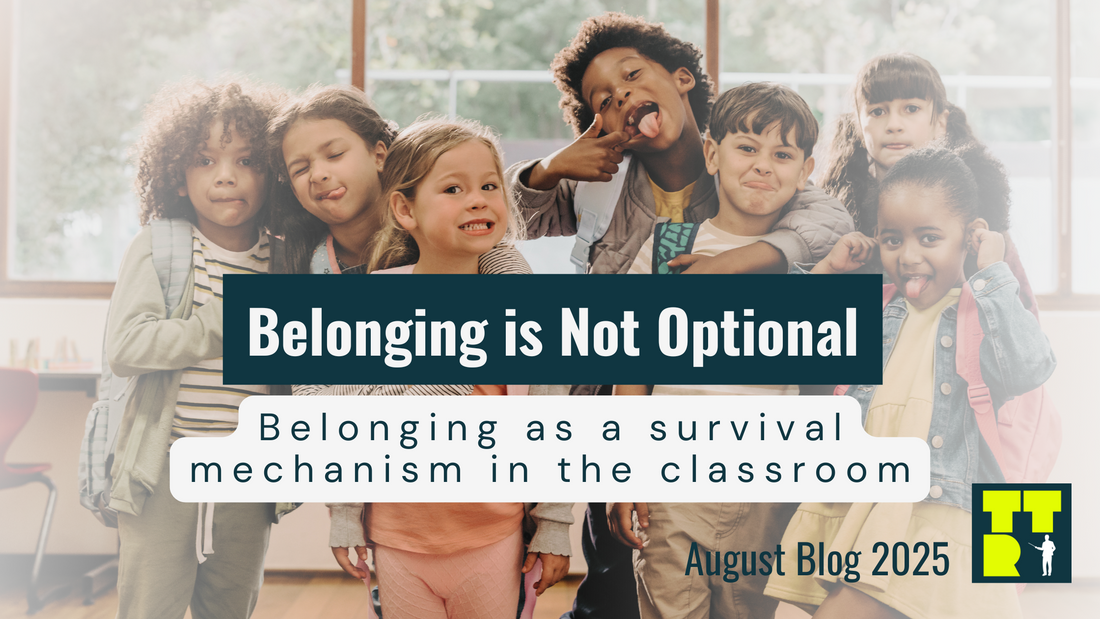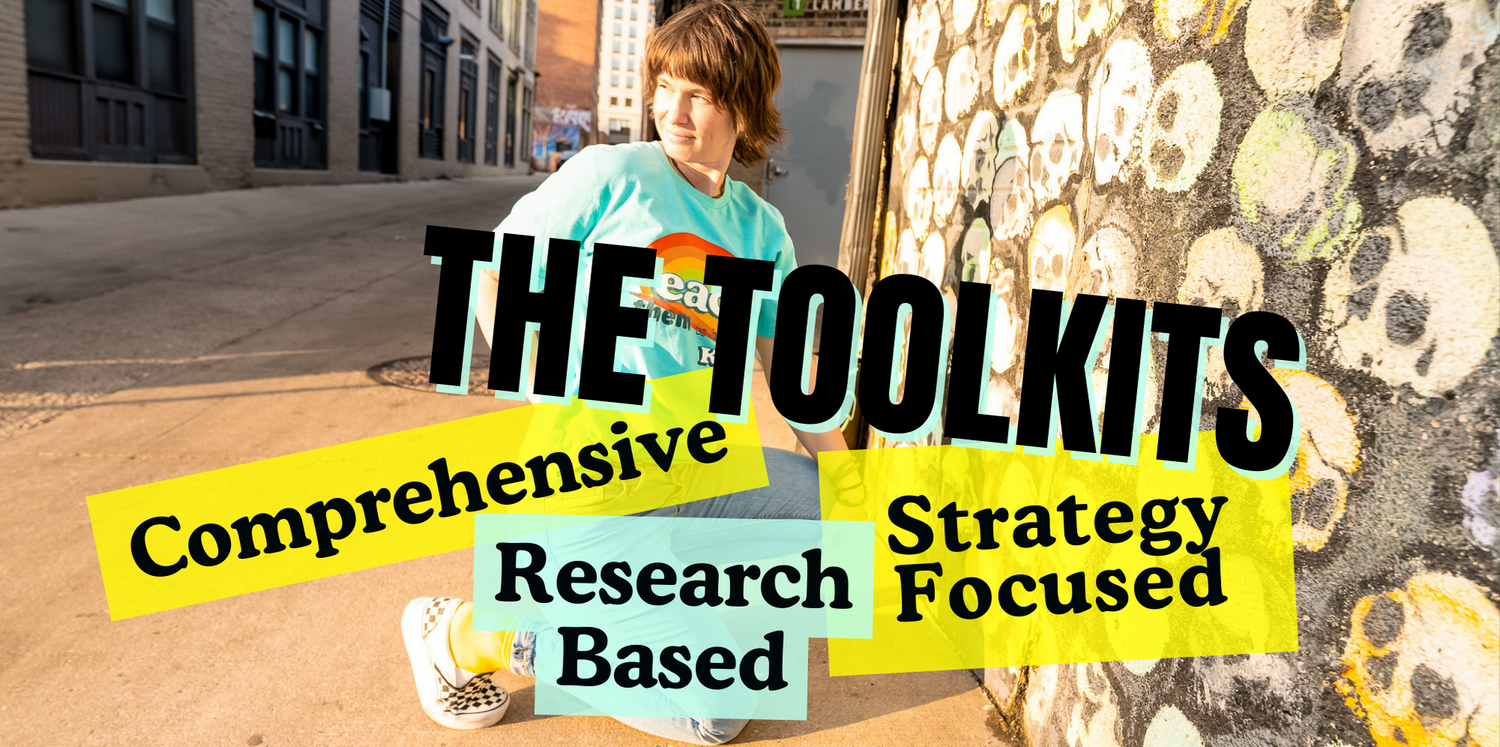
Belonging Is Not Optional in the Classroom
Share
Belonging Is Not Optional in the Classroom
Creating a sense of belonging goes beyond knowing students’ names or asking about their interests. Belonging is a critical psychological need. It is just as necessary to healthy functioning as food or water.
When students don’t feel they belong, their brain prioritizes that need above everything else. The brain’s main focus becomes seeking connection with others because connection signals safety. This isn’t a preference—it’s a survival mechanism.
Why Belonging Is a Survival Need
In early human history, being excluded from the group was dangerous. Our brains still respond to disconnection as a potential threat. If a student feels excluded or unwanted, their nervous system registers that as unsafe. This shifts the brain into a protective state—heightened alertness, anxiety, emotional reactivity, and reduced executive function.
Students with an ongoing unmet need for belonging may act out or disrupt during class. They are trying to get the connection they are missing. When opportunities to connect finally show up, these students may become impulsive, overly emotional, or struggle to regulate their behavior. This is not defiance—it’s stress. Impulse control relies on executive function, and executive function is weak when the brain is under stress.
Belonging Must Come First
If we want students to focus, retain information, or engage with learning, we have to meet their need for belonging first. Because the brain links belonging to survival, it gives it high priority. The brain can also detect when attempts to meet that need are superficial or forced.
For example, pulling a student from a self-contained classroom into a general education room for an hour just to check a box is not meeting the need for belonging. That is a token gesture. Real belonging is built through consistent, meaningful inclusion—not temporary appearances.
What Belonging Actually Requires
In order for the brain to register that it belongs, it needs to feel three things:
-
I am needed by this community.
-
I contribute something meaningful here.
-
I will not be pushed out, because I am valued.
When students sense that others rely on them and that their presence matters, their nervous system begins to relax. Their brain registers safety. This opens the door to engagement, learning, and collaboration.
Belonging Requires Contribution
Belonging isn’t about being liked. It’s not about being treated politely. It’s about being valued.
Students need ways to contribute. They need to be able to bring something important into the classroom space—something others rely on. That contribution is what makes them feel like members of the group.
This can look like:
-
A student who takes care of setting up materials every morning
-
A student who helps others with tech support or transitions
-
Classroom roles that rotate but give each student a real responsibility
-
Peer mentors or small group leaders who bring unique strengths
The more creative we get, the more opportunities we create. And the more we can reflect each student’s strengths, the stronger the sense of connection becomes.
What’s Coming This Fall
This fall’s blog series will focus entirely on how to meet the need for belonging through authentic opportunities for contribution.
There will be 8 blog episodes, each one offering clear, practical ways to create systems where students rely on each other, contribute to the group, and build real belonging—not surface-level inclusion.
Keep an eye on your email for release updates.
If you want to go deeper into the connection between belonging, behavior, and the brain, get the Neurodivergent Toolkit—now on special discount in the Schools Back Resource Package.! Check it out HERE







